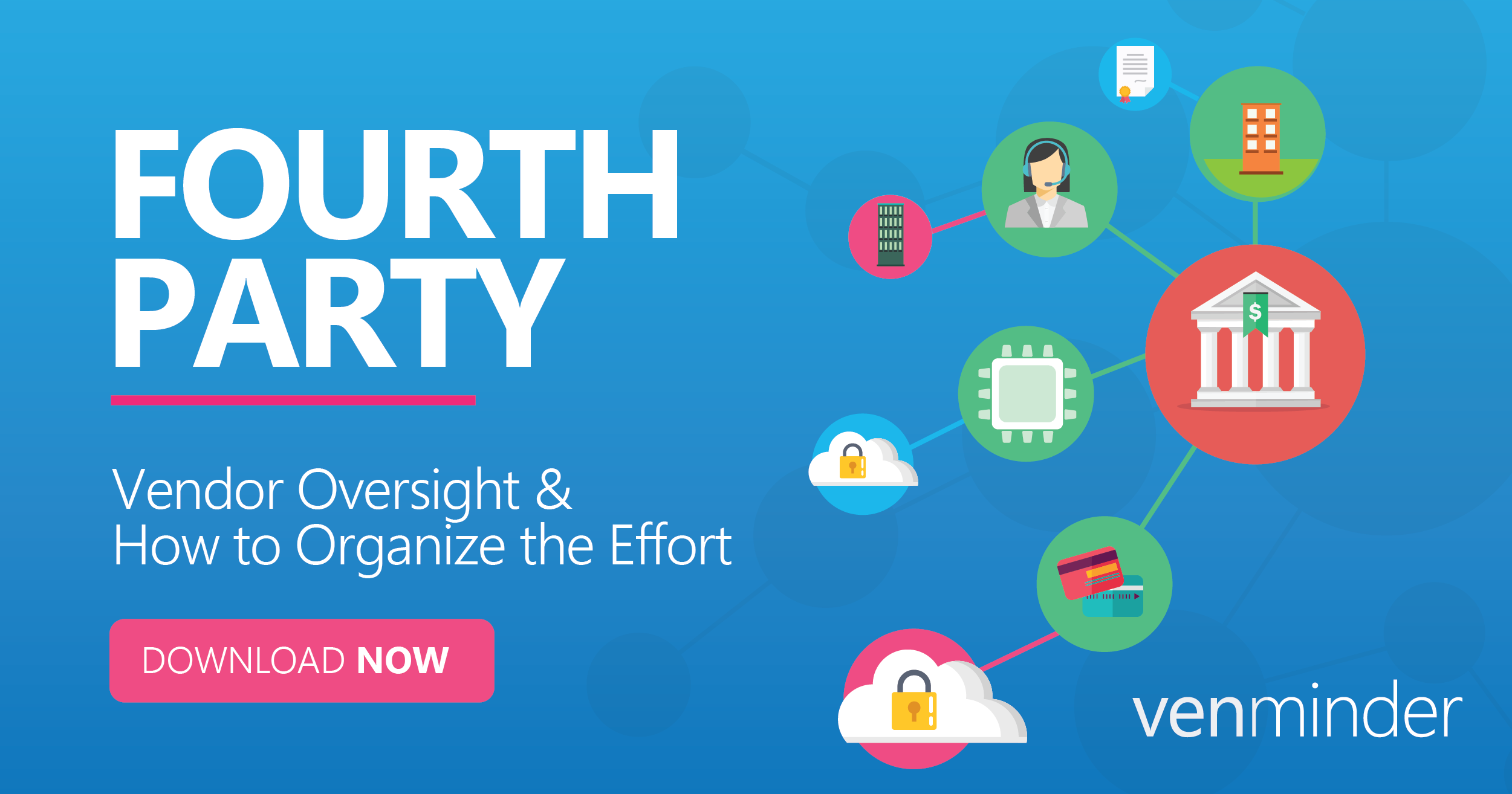News articles have discussed wire fraud risk and the oversight practices involved in closing settlement agents. In fact, you can find helpful information on the topic by reading this blog post – Wire Fraud Risk and Closing Agent Oversight.
To help with your oversight of closing settlement agent vendors, we’ll cover best practices, including steps and what to collect, as well as answer a great question we’ve recently received from a reader – How can I manage a panel of several thousand vendors who perform the same function (i.e., closing settlements agents)?
First off, this is a great question since the CFPB has mentioned in their guidance that closing settlement agents are an area of concern for the regulator since licensing and wire fraud are key areas of risk for this sector.
Depending on how your organization operates, closing agents are sometimes chosen by loan officers or executives. In other instances, the borrower may choose who the closing agent will be to conduct the closing transaction. Regardless who selects the vendor, a level of oversight and vendor vetting would make sense.
3 Vendor Vetting and Oversight Steps
If your organization is an established lender, it’s likely you have a large but consistent panel of closing agents at your disposal. However, since the vendor vetting process for closing agents hasn’t historically been high on the priority list, you may be in for a surprise when looking closer at your service provider.
Here are 3 oversight steps for your closing settlement agent vendors:
- Set clear expectations of the approval process. If they don’t meet your standard, you should decline. It’s also important that if the realtor or consumer are requesting the closing agent, you should also set the expectation of qualification criteria. It’s also worth mentioning that you should include a reasonable SLA on the time it will take to vet the closing agent. Is it hours or several business days?
- If the closing agent subscribes to ALTA best practices, then the agent is working to industry best practices. American Land Title Association created best practices in order to self-police its industry. Gathering ALTA membership number and the corresponding ALTA documentation is a valuable next step and, in our opinion, is the gold standard that you should be working toward.
- Verify wire instructions. These need to be verified on every closing agent. One verified, the wire information should be stored within the loan origination system (LOS) under the vendor profile and used by the closing department. It’s important that any deviation at the funding stage of the recorded wire information should halt the funding process of the loan.
10 Important Items to Collect on Your Vendors
Here are some additional pieces of information you should collect on your closing settlement agent vendors.
- Resume and bio
- References, if available
- Licensing – we recommend that the agent attests to the fact that they don’t close loans in states in which they are not licensed. It does happen!
- Copy of Closing Protection Letter
- OFAC, LDP/GSA check
- Wire instructions
- Validate email account type. Is it a public domain such as AOL, Yahoo or Gmail, or has the agent set up a business account with additional security features? While anything can be accessed, it’s prudent to make the task of illegally accessing the email account as difficult as you can for a potential hacker.
- Insurance and bond Information. Increasingly cyber insurance is an additional level of coverage, you should consider adding that to your qualifying criteria. This may help should the agents’ systems or emails be hacked and consumer data exposed.
- If you're using a vendor management software (and you really should be), consider using a questionnaire which will allow the closing agent to answer questions and update information. This will help centralize your oversight activities.
- Background checks or tools which track negative news and litigation can also prove helpful in providing ongoing monitoring of a large panel and are cost-effective and limit the barrage of noise and can pinpoint valid red flags.
How to Manage Closing Settlement Agents
We’ve outlined several steps which you can include in the oversight function but trying to manage several thousand closing agents with the above criteria can be time consuming and costly.
Is there an efficient way to add a level of common sense and logic to closing agent oversight?
YES! Take a leaf out of how mortgage quality control manages the oversight (i.e. loan file audit) in their pre-funding or post-closing activities. Not every file can be reviewed so it’s acceptable to carve out a sub-section of loan files based on numerous factors.
Factors would include:
- Product type
- New production staff
- FICO score
- Loan-to-value and debt-to-income ratios
By targeting their reviews and reviewing past quality control issues, the lender can target loans which may be prone to experience quality issues. The same tactic could be a leveraged approached when selecting closing agents.
Here are 7 ideas you could consider:
- Consider the size of the panel and determine a realistic percentage. At a minimum, ten percent for every 1,000 agents is a good rule of thumb. If you have capacity to do more, then take advantage of the extra capacity.
- Pull a closed loan volume report which lists the closing agent. Now create a table which shows how many loans each agent closed. Highlight agents who have closed the most loans.
- Break out the closing agent coverage by state. Vary the percentage selected based on your footprint. If you only close 10 loans a year in Nebraska but 15,000 in Connecticut, it would make sense that most (not all) of your oversight be focused on those key states.
- Look at consumer complaints regarding closing agents. Are any names appearing more often? Look for trends or patterns.
- If you have a legacy list of closing agents, look at any agent who has a social email account. Make it a requirement that you only communicate with an approved internet service provider and steer clear of non-commercial accounts.
- If this is a new process for your organization, look at all new closing agents added in the last 12 months. Focusing on the most recent additions to the panel would also be a good factor to consider since they’re still a relatively unknown entity to your vendor management team.
- Speak to your post-closing manager. Are there any specific agents who are slow to return closing packages or frequently lose documents? If so, it could be worth reviewing their information to see if they can truly meet your expected SLAs.
Vendor oversight can appear to be an extremely taxing process and requirement by the regulators, but by applying common sense and considering best practices from your quality control department, you can develop a plan which helps mitigate risk, satisfy the regulators and work within your budgetary constraints.
Fourth party oversight is a unique challenge and can be tricky. Download this infographic to learn more.







